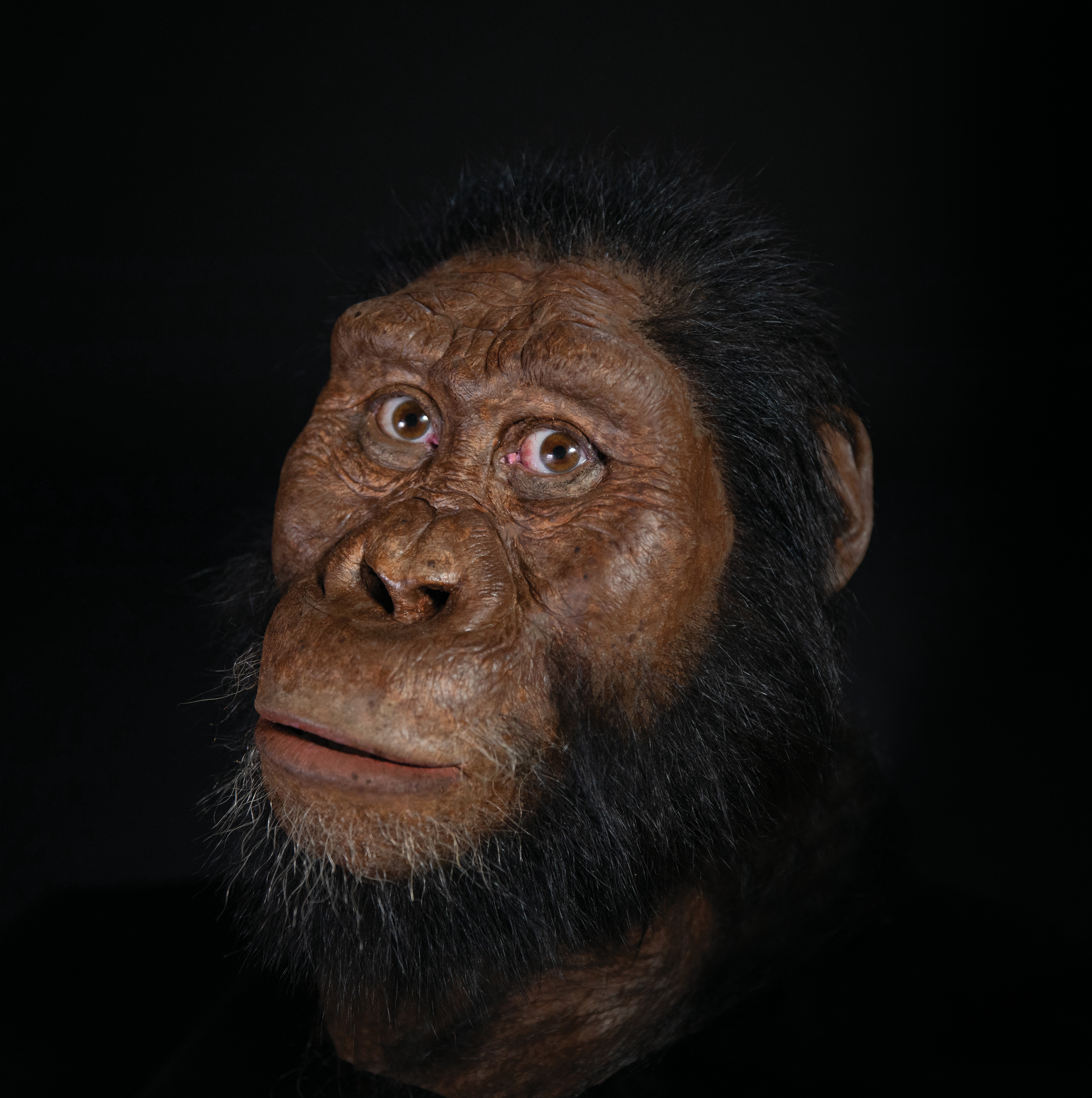The ancient hominin Australopithecus anamensis is thought to be one of our oldest known relations – but what do we actually know about the species?
How long ago did they live?
Though arguably not the most famous of the australopiths – that title probably goes to A. afarensis, thanks to Lucy – A. anamensis is estimated to be the oldest, at least as far as scientists know.
Fossil specimens have dated the species back as far as 4.2 million years ago and as recently as 3.8 million years ago, based on a skull found in Ethiopia back in 2016. That dating in particular also threw a bit of a spanner in the works for those who thought A. anamensis directly evolved into A. afarensis, as it suggested that the two species actually coexisted for at least 100,000 years.
Where did they live?
The remains of A. anamensis have been recovered in two countries – Kenya and Ethiopia – in regions that are thought to have been forested at the time the species was alive, and also surrounded lakes.
For example, the very first fossil specimen, a partial humerus, was found in 1965 in Kanapoi, a site that sits to the southwest of Kenya’s Lake Turkana. It’s thanks to further discoveries at the site that A. anamensis was officially proclaimed as a species 30 years later.
Fossils found in Ethiopia weren’t found on the border with Kenya as might be expected. It seems A. anamensis managed to spread out, with remains recovered in the northeastern Afar region of the country, including a tooth, femur, and the skull mentioned above.
What did they look like?
Although precisely what A. anamensis looked like is still very much up for debate, the best that scientists can do is make educated guesses from the fossils that have been found.
You probably would’ve seen them upright at some point; the top end of recovered tibias and human-like orientation of ankle joints suggests they could walk on two legs, aka bipedalism. They weren’t quite as tall as humans on two legs though, it’s thought. In fact, they were likely closer in height to modern chimpanzees, but this may have varied greatly between the sexes.
As for what their faces looked like, up until 2016, the picture wasn’t entirely clear. However, with the discovery of the skull in Ethiopia, scientists suggested that they probably looked a lot like apes, with a sloping forehead and strongly protruding cheekbones.
Bro is staring deep into my soul.
Image credit: Matt Crow, courtesy of the Cleveland Museum of Natural History/facial reconstruction by John Gurche
How did they live?
Again, the best indicators that scientists have are in A. anamensis fossilized remains. Teeth, for example, give us an idea of the sorts of things they might have eaten.
One study concluded that the microscopic signs of wear left on fossilized teeth suggest that A. anamensis had a diet consisting of “less mechanically challenging foods”, while another analyzing the isotopes of the tooth enamel revealed a primarily C3 diet – this refers to a plant-based diet of things like leaves and fruits from trees and shrubs.
Other bones appear to back up such a diet; the length of their forearms and marks left on the wrist bones suggests that A. anamensis spent a reasonable amount of time climbing trees.
Beyond food and how they might have collected, it’s difficult to know much else about what life was like for A. anamensis – not just because of a small, fragmented fossil record, but because, well, we don’t have a time machine.
Without a TARDIS to hand, it’s hoped that further fossil finds will be made to help scientists piece together the remaining gaps in how one of our earliest known ancestors lived.
All “explainer” articles are confirmed by fact checkers to be correct at time of publishing. Text, images, and links may be edited, removed, or added to at a later date to keep information current.
Source Link: What Do We Know About Australopithecus Anamensis?
